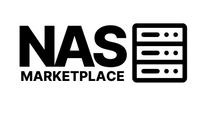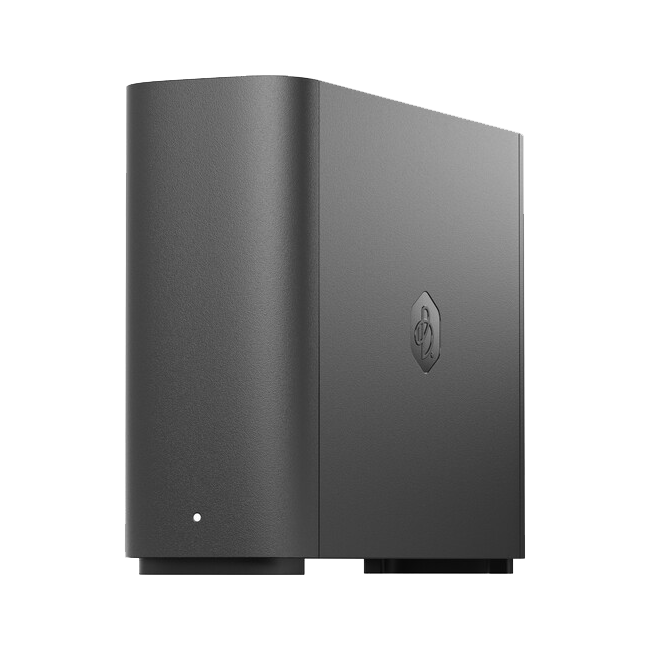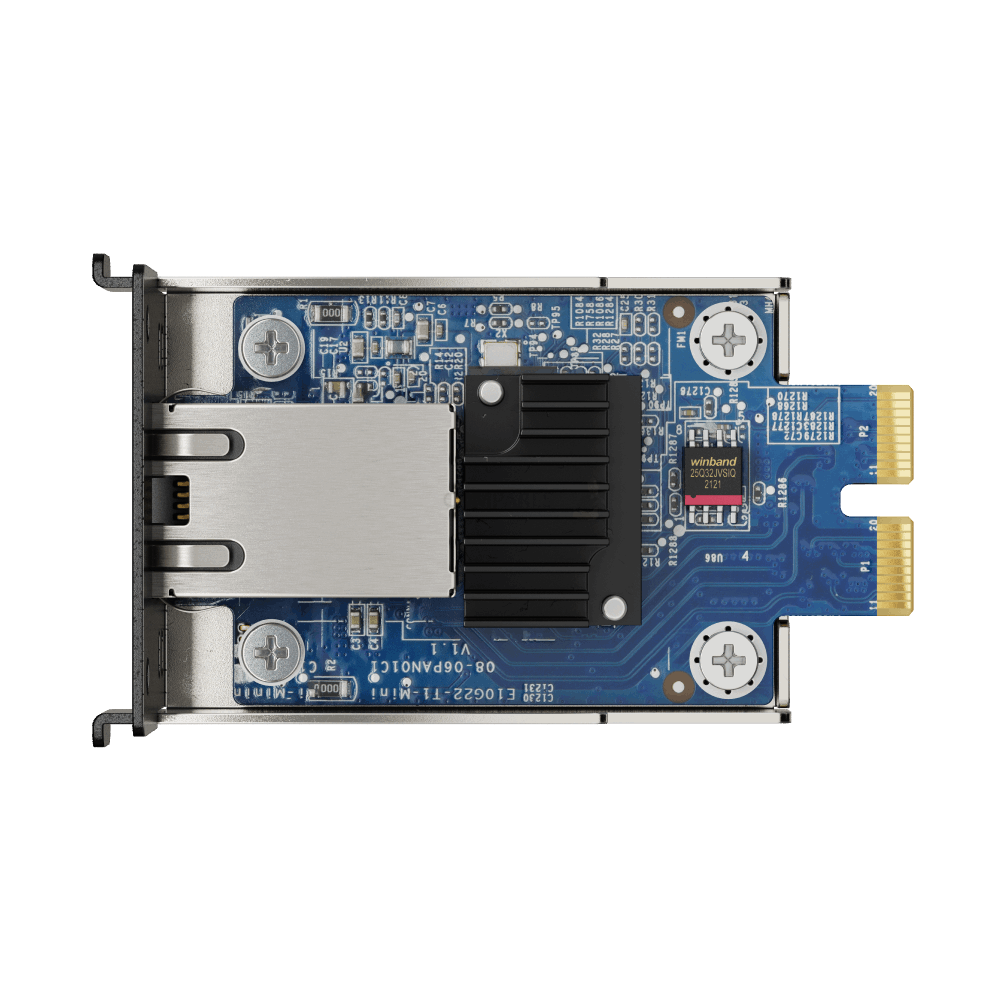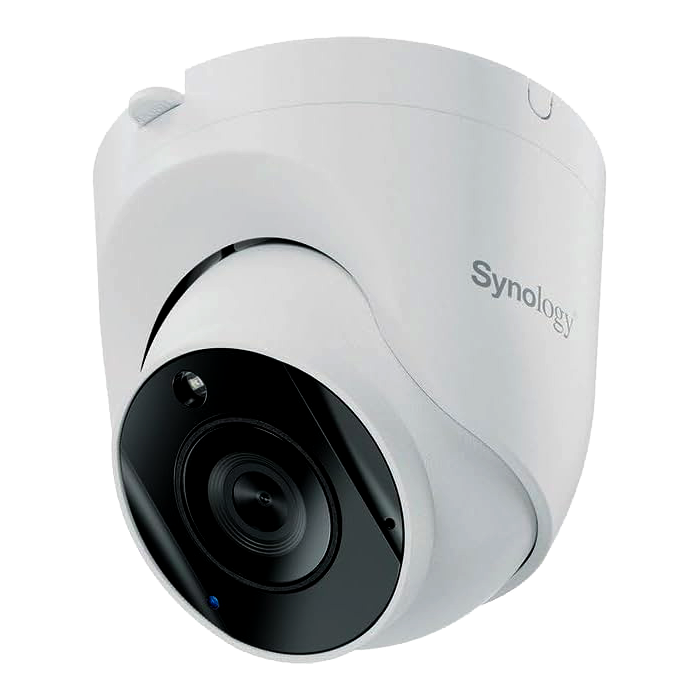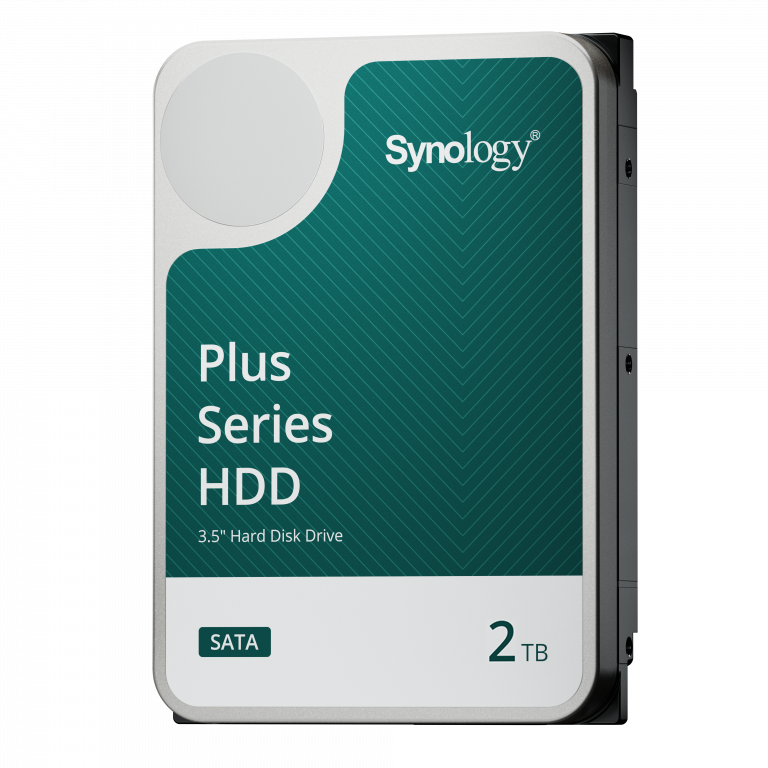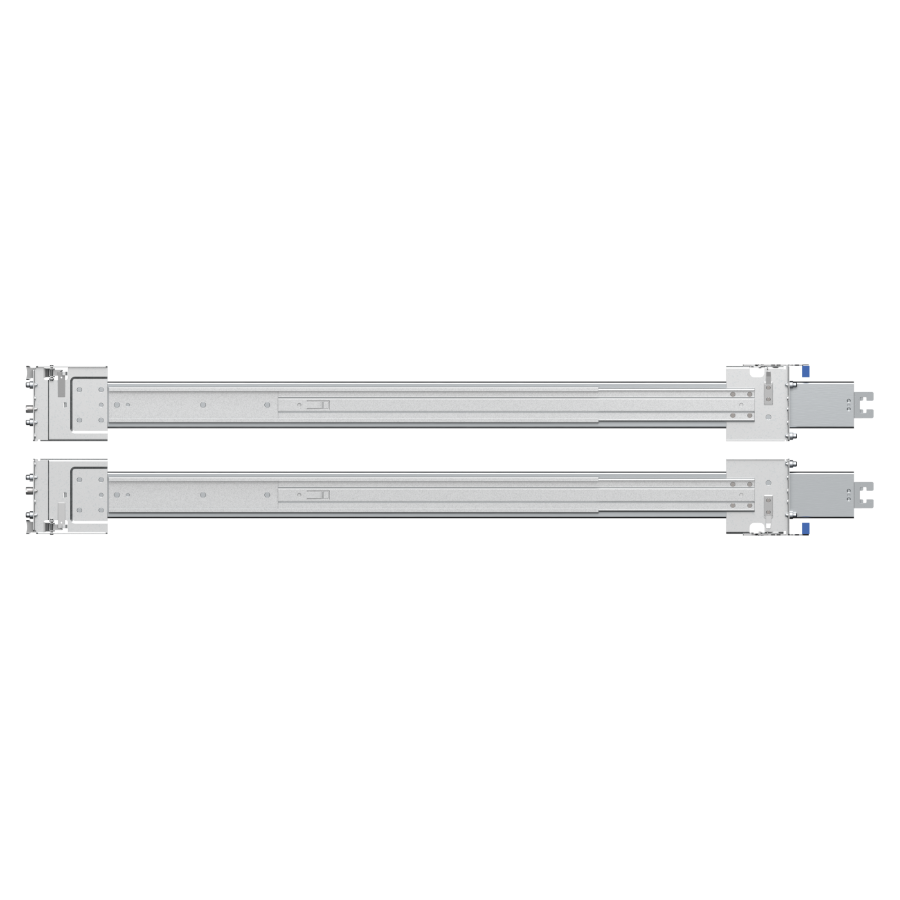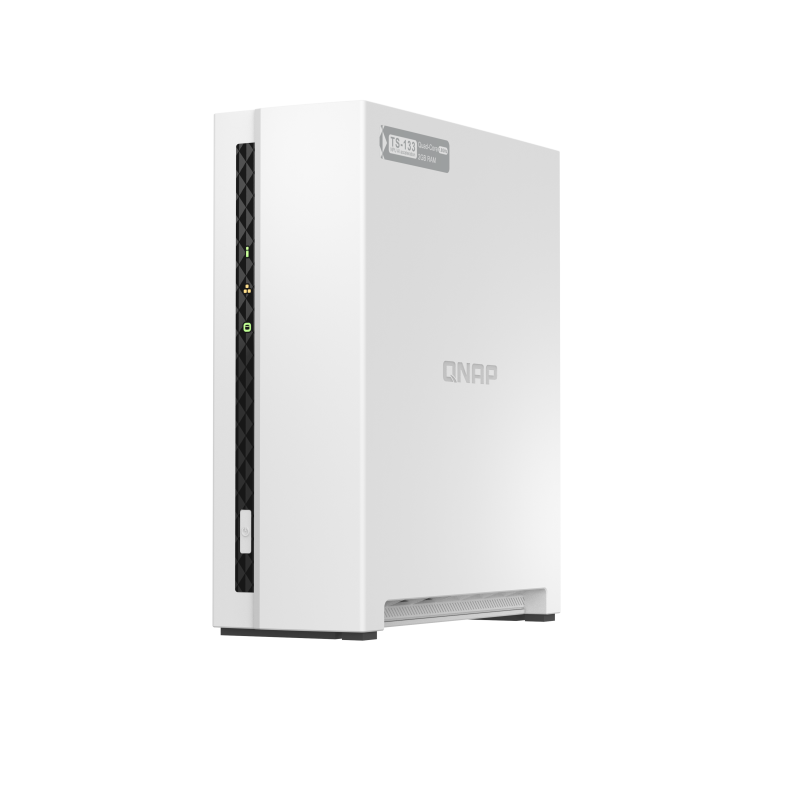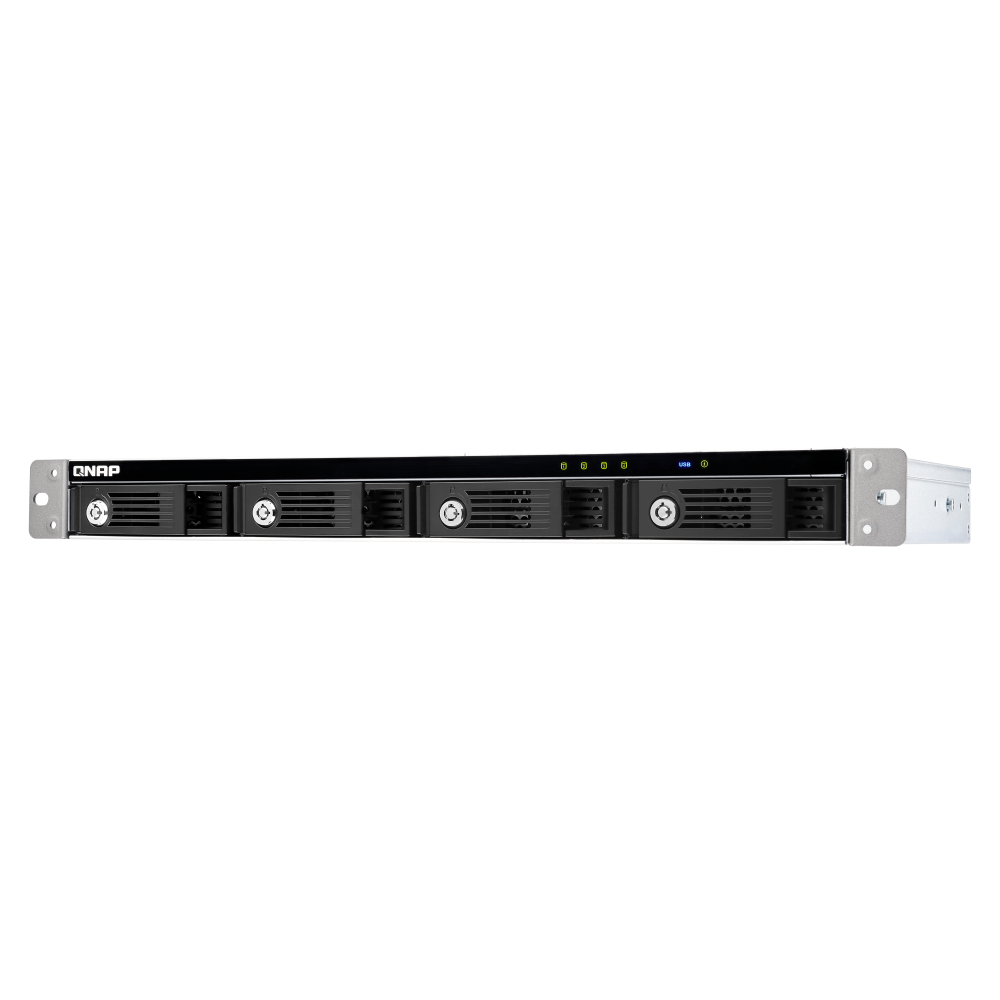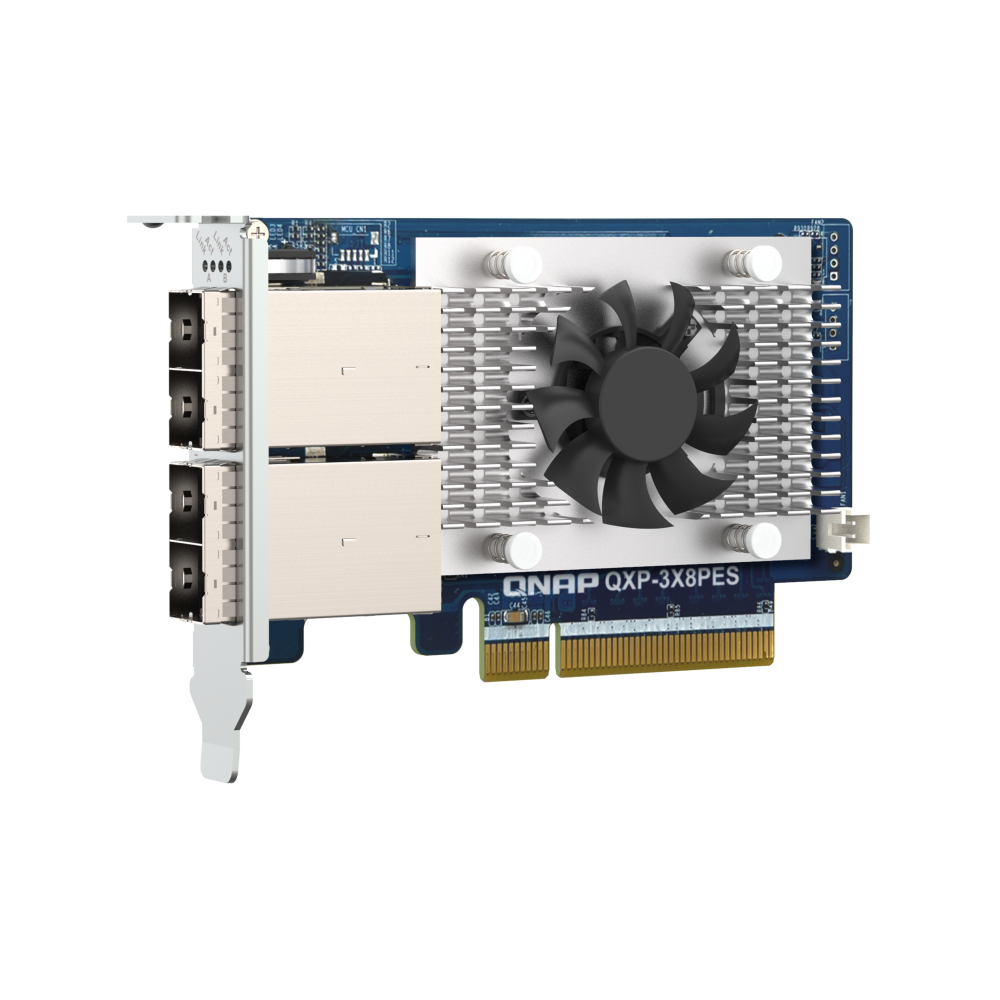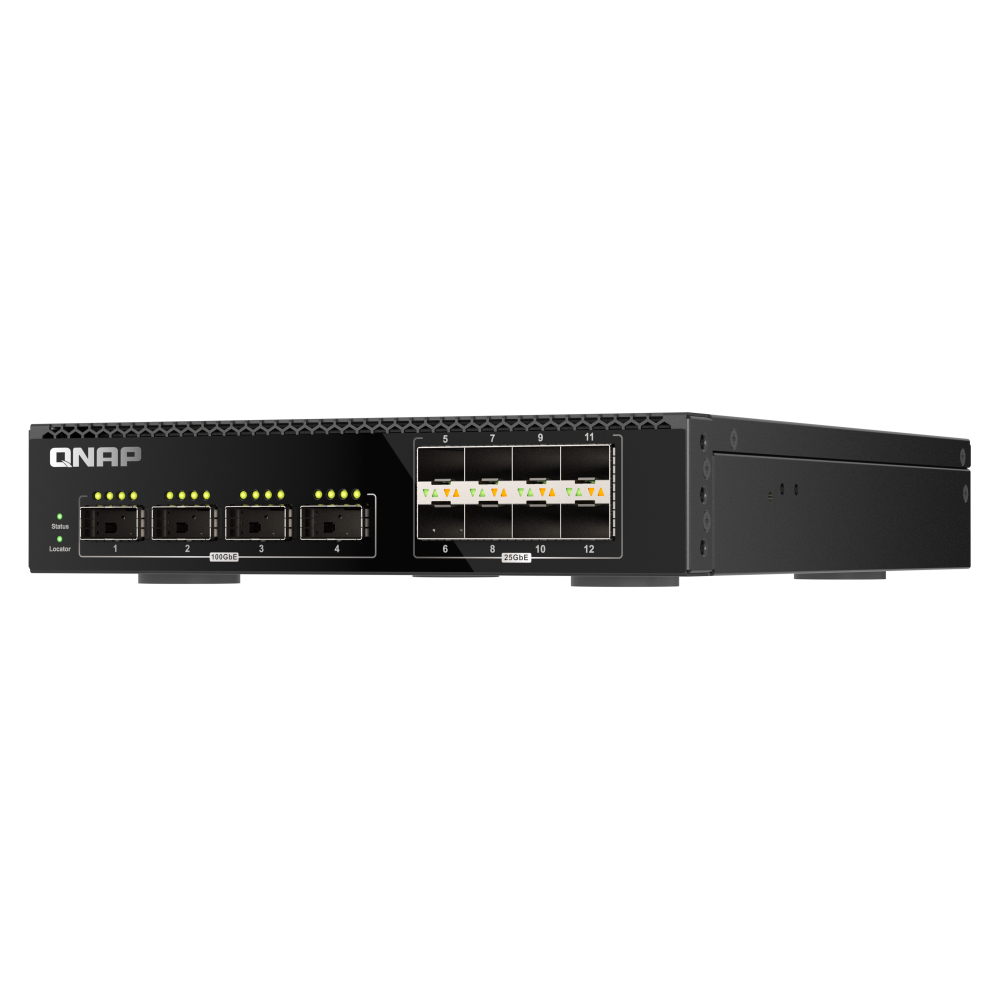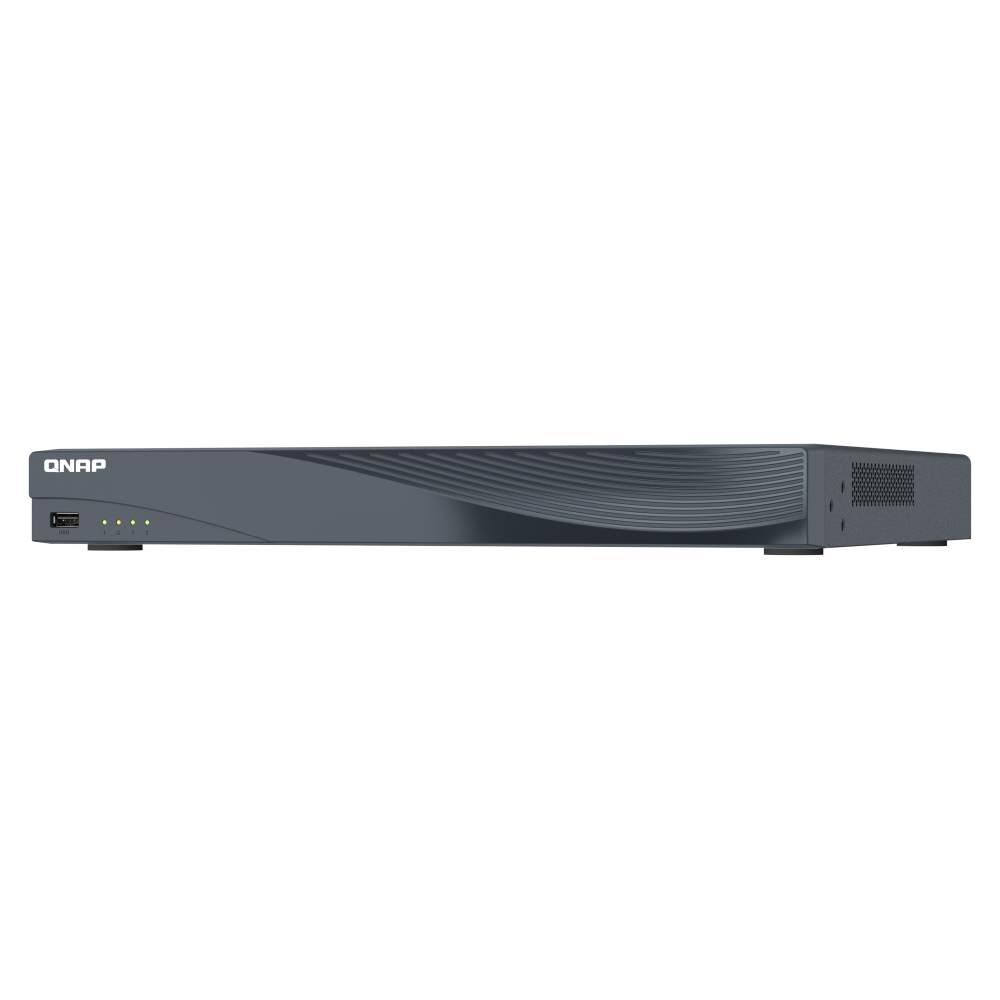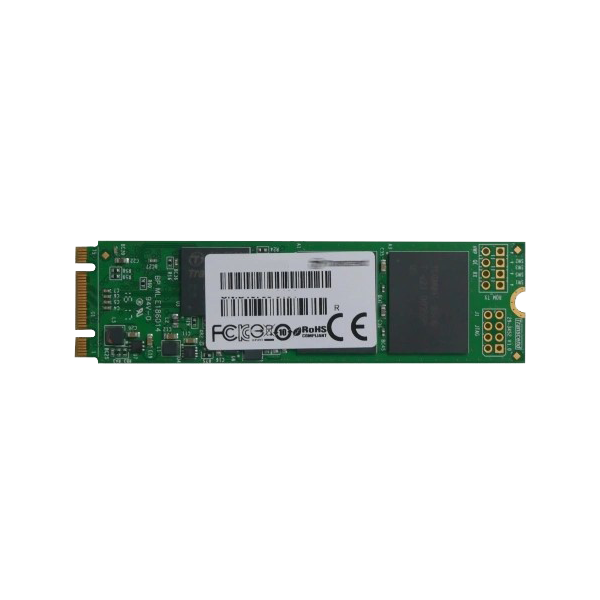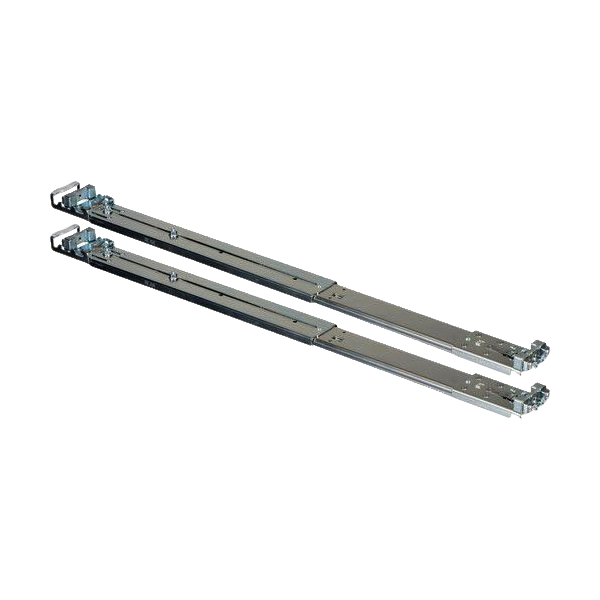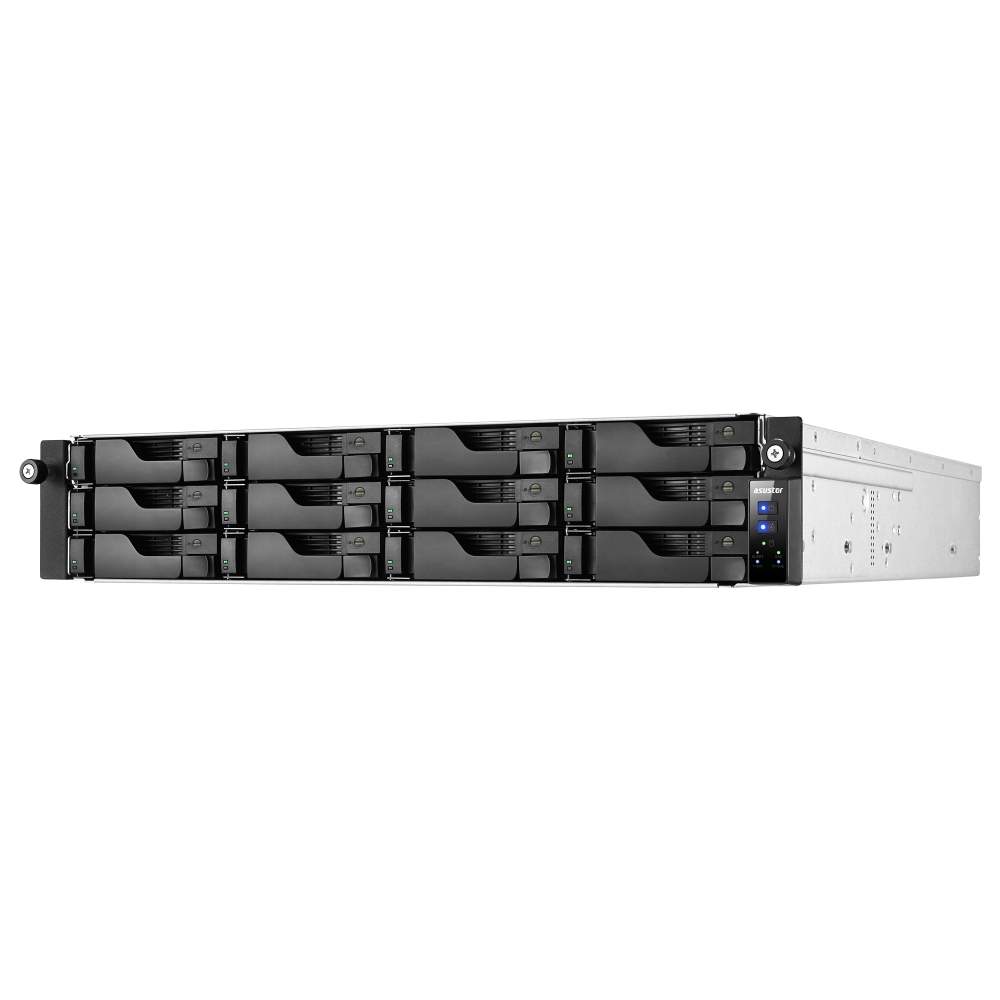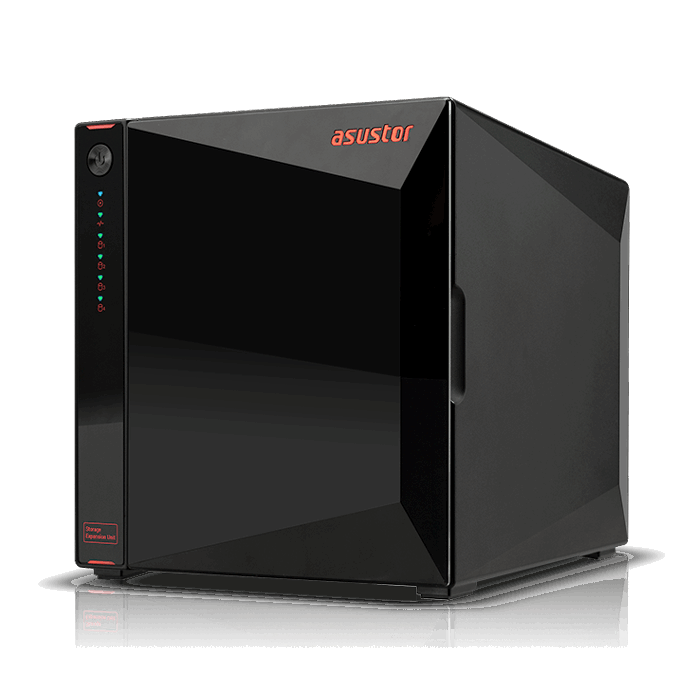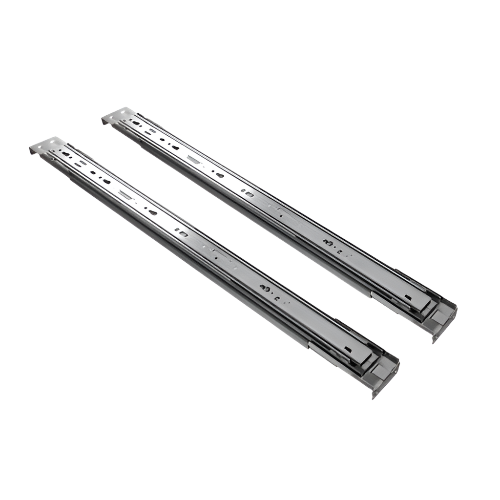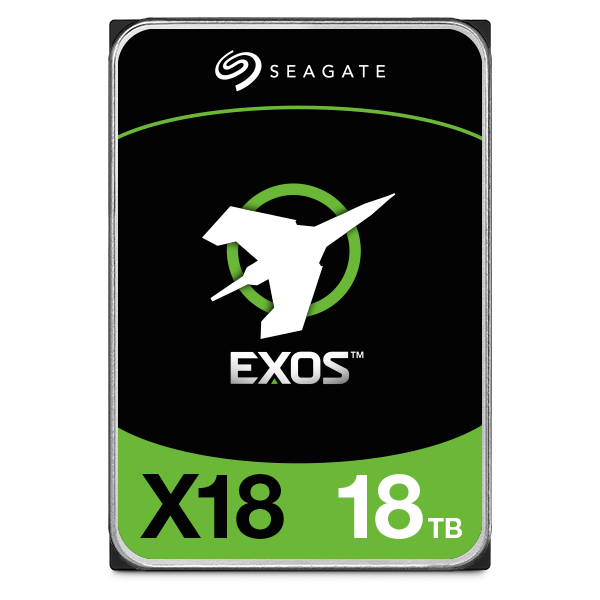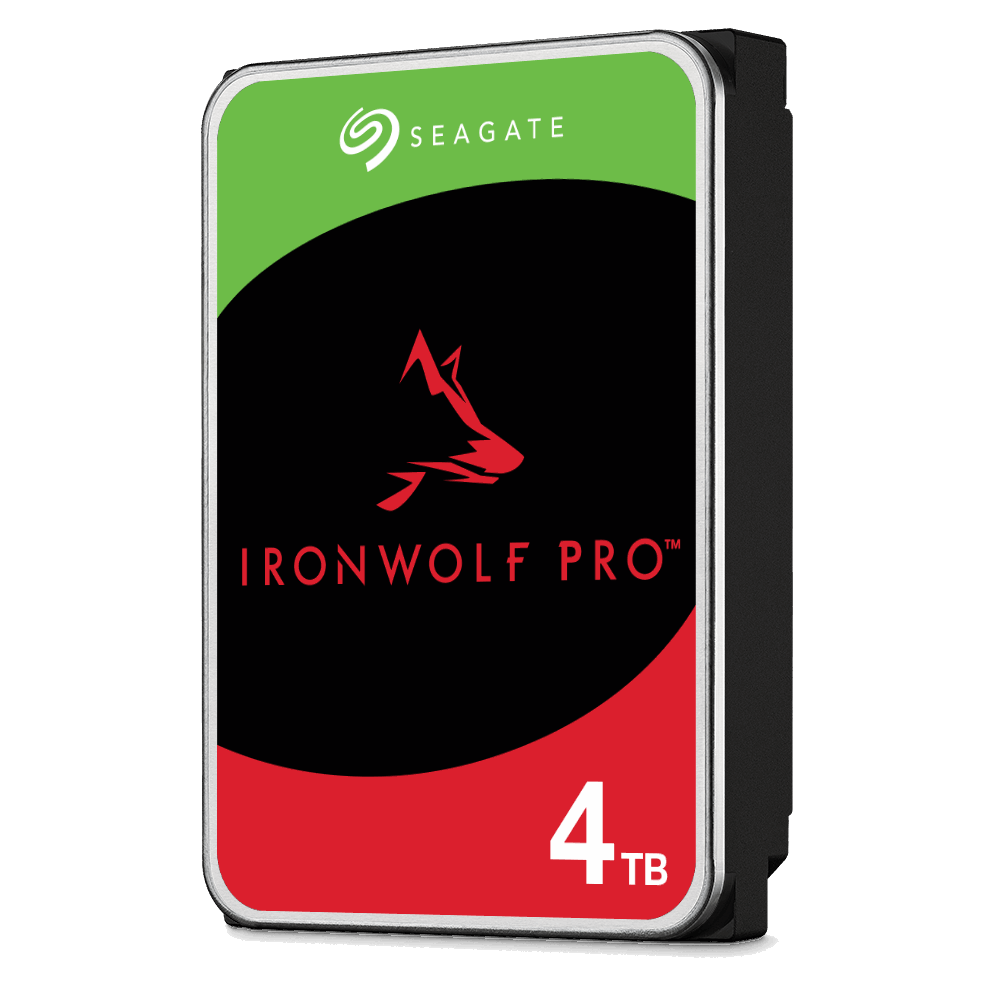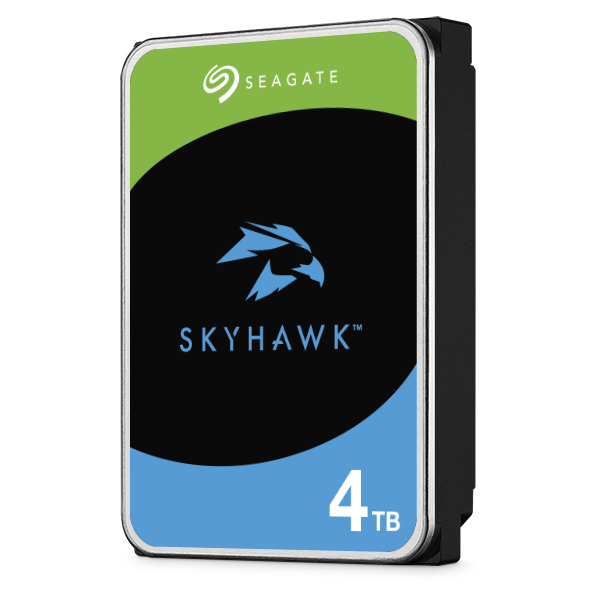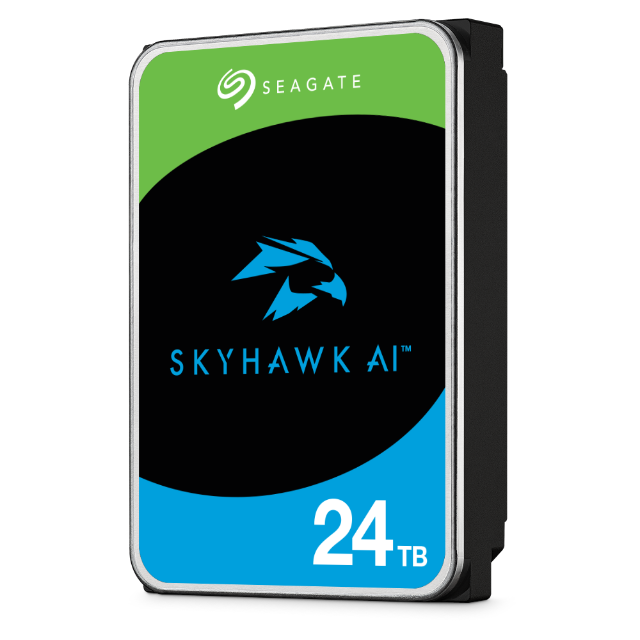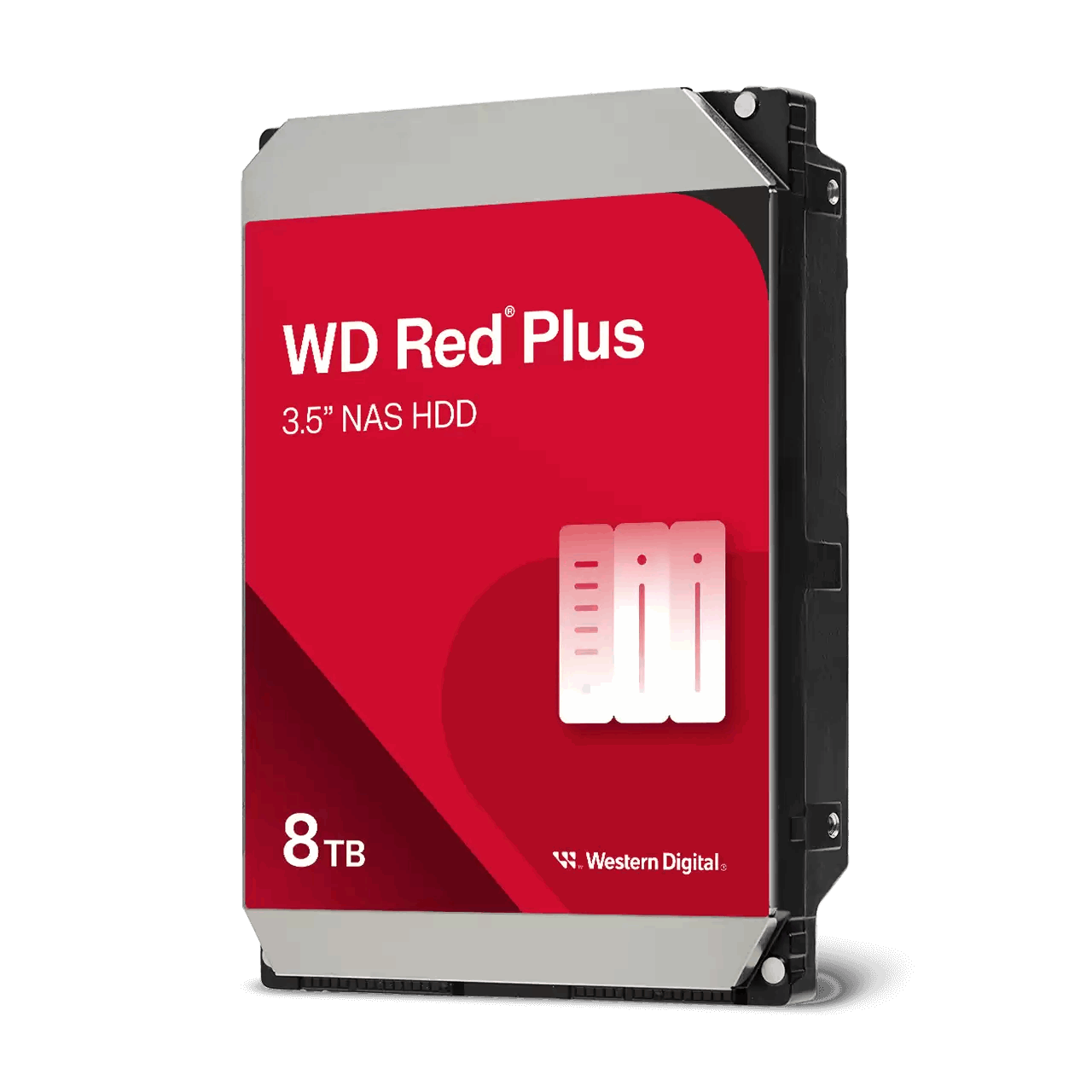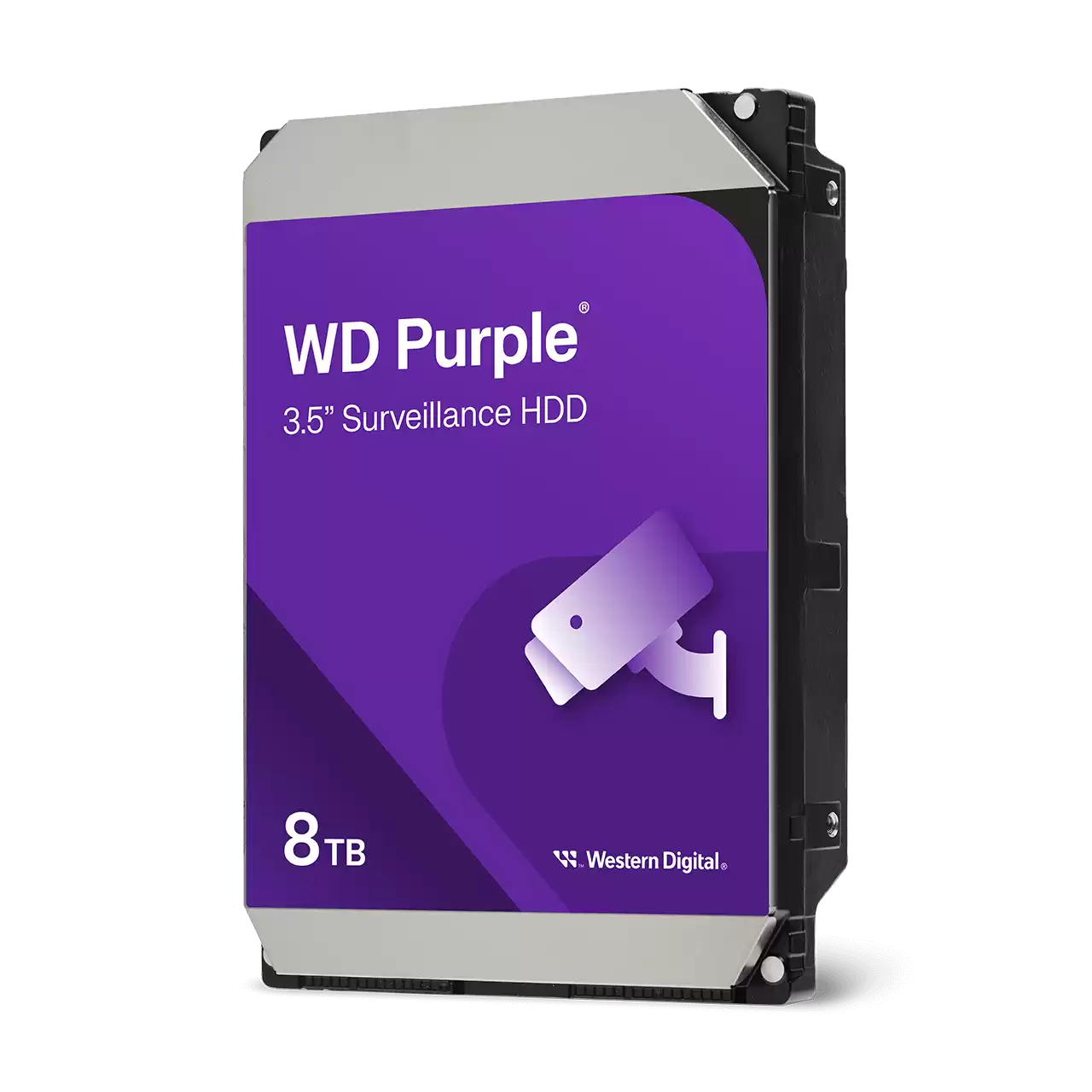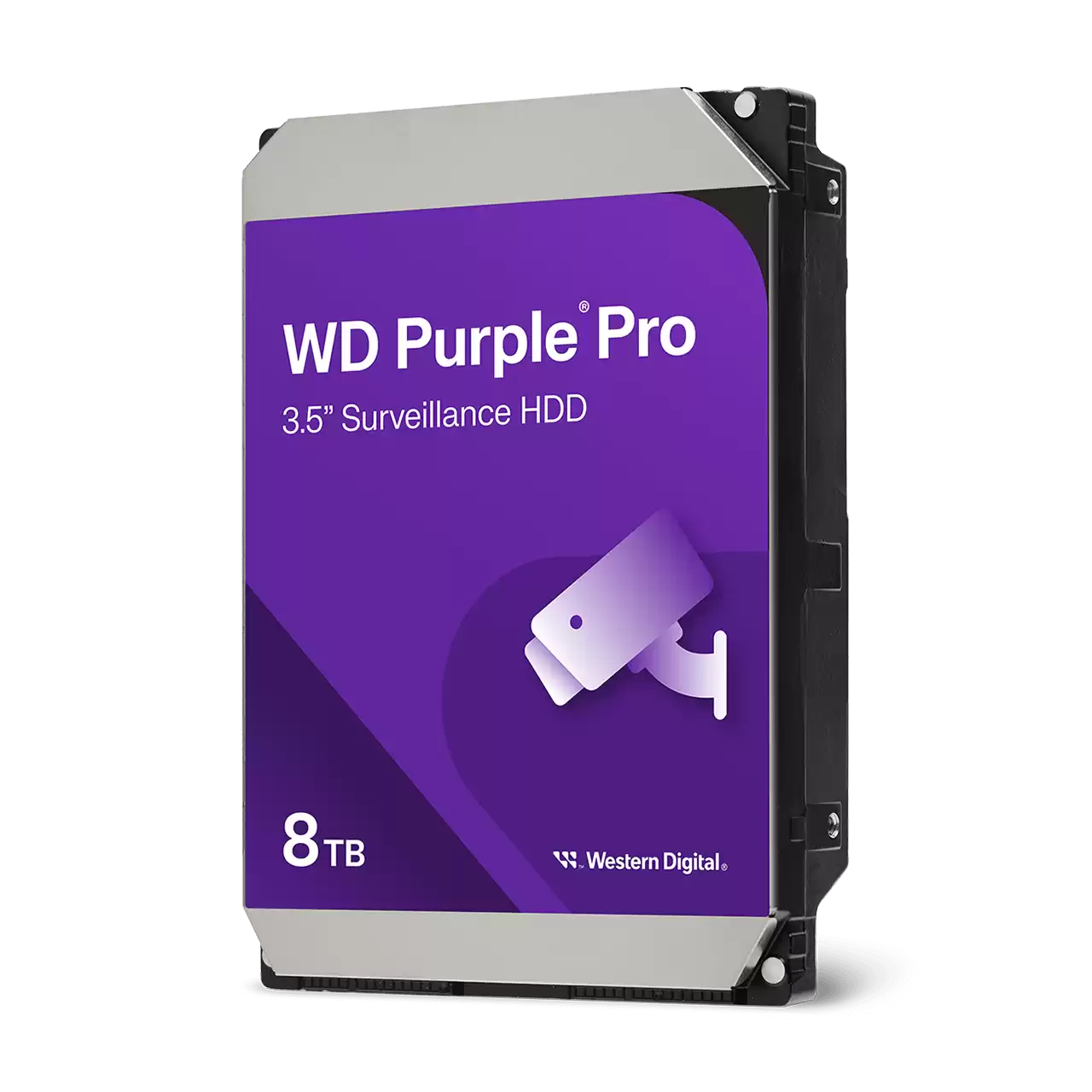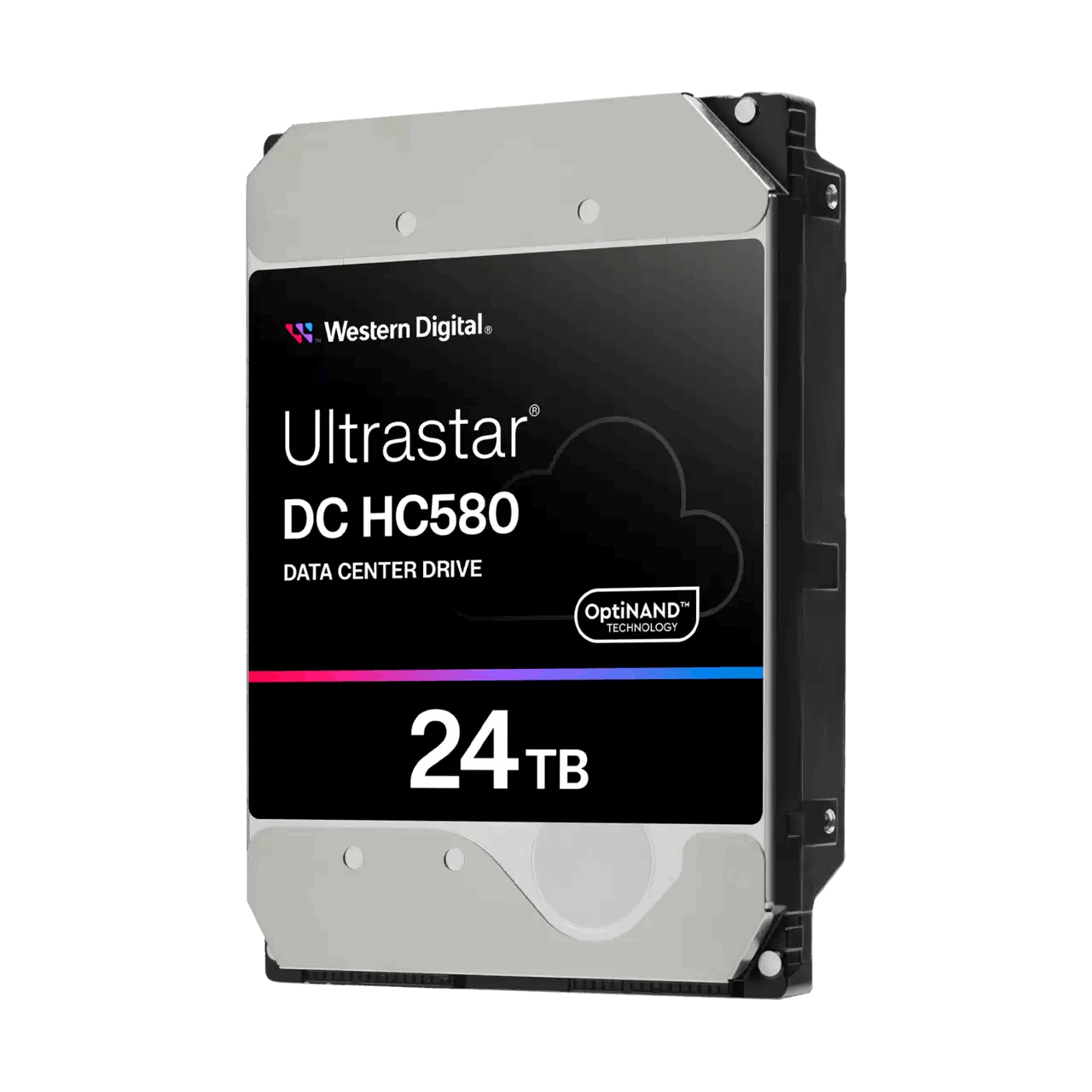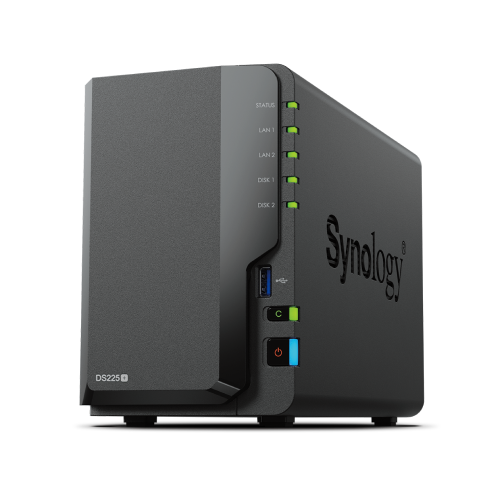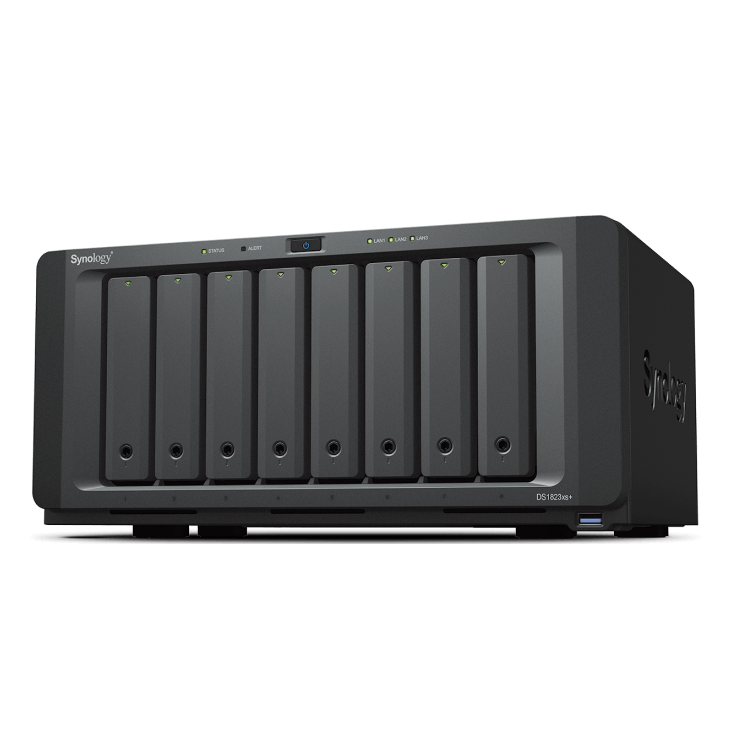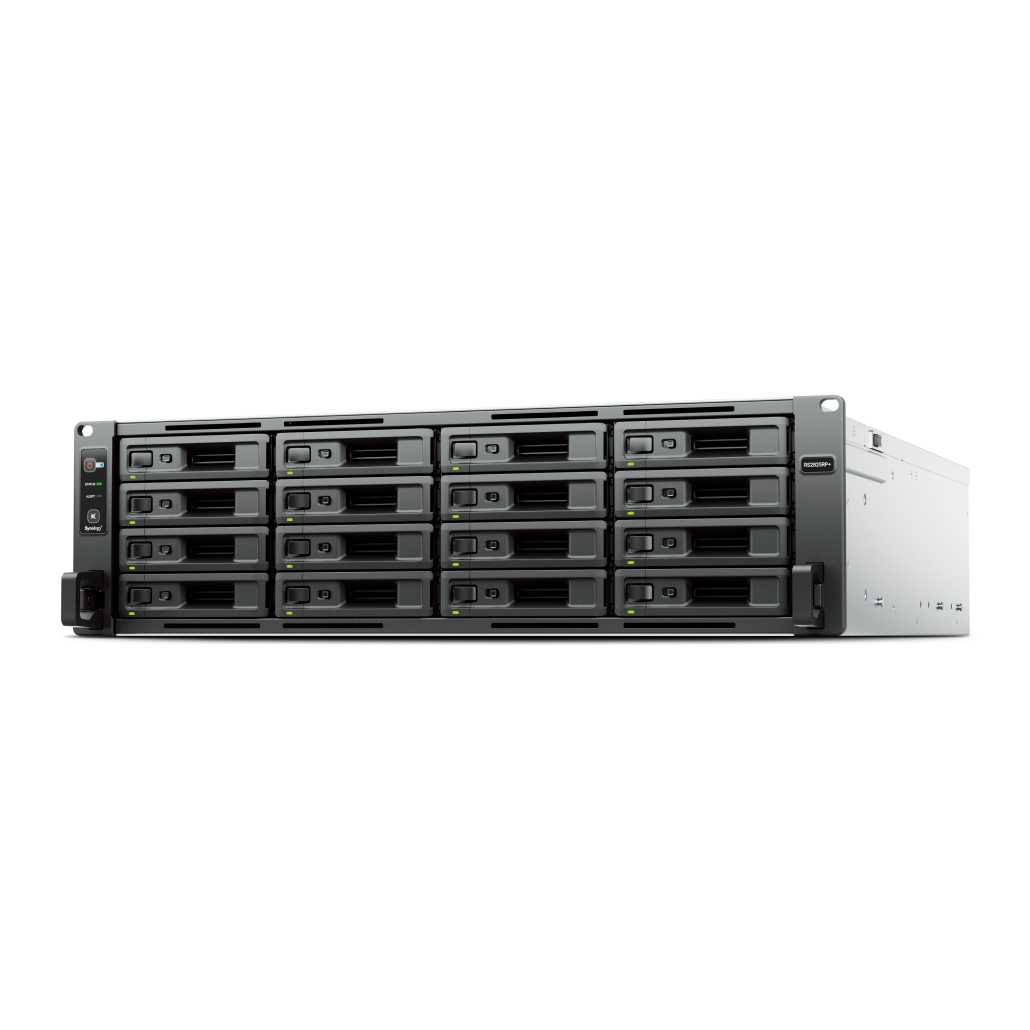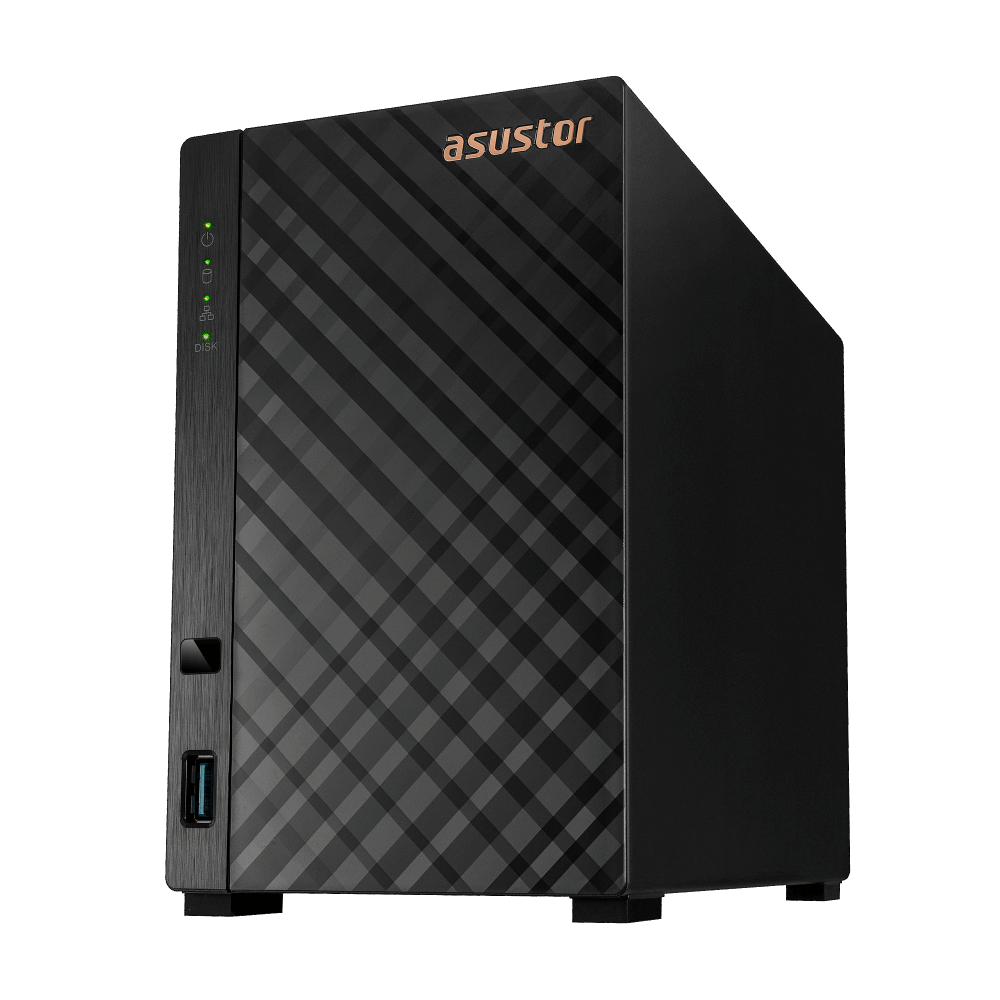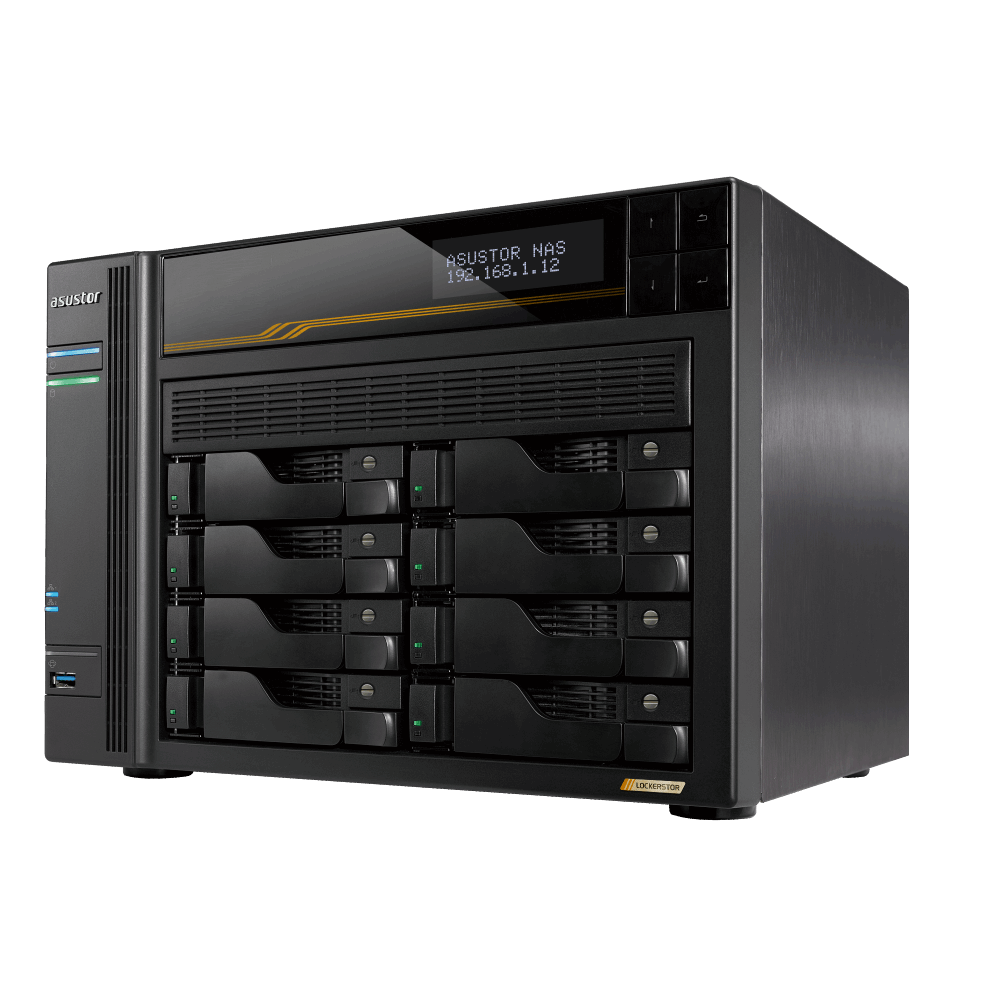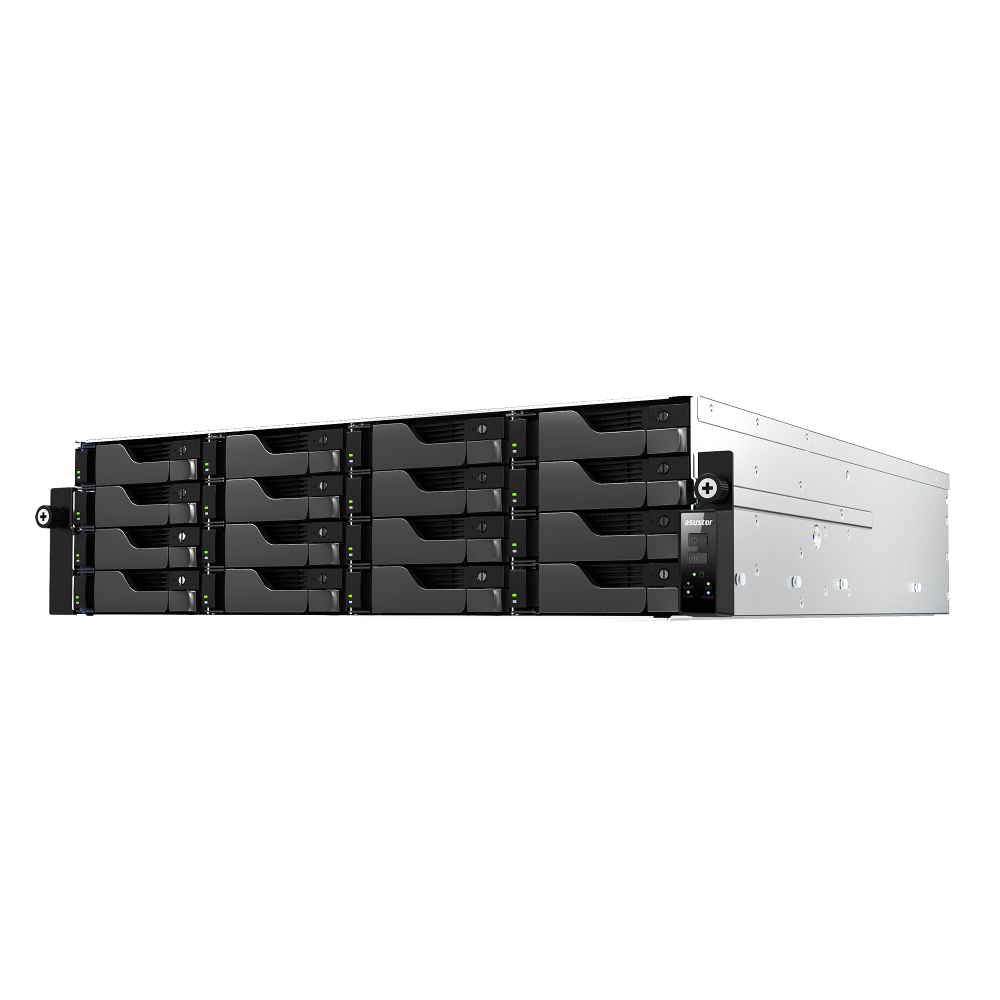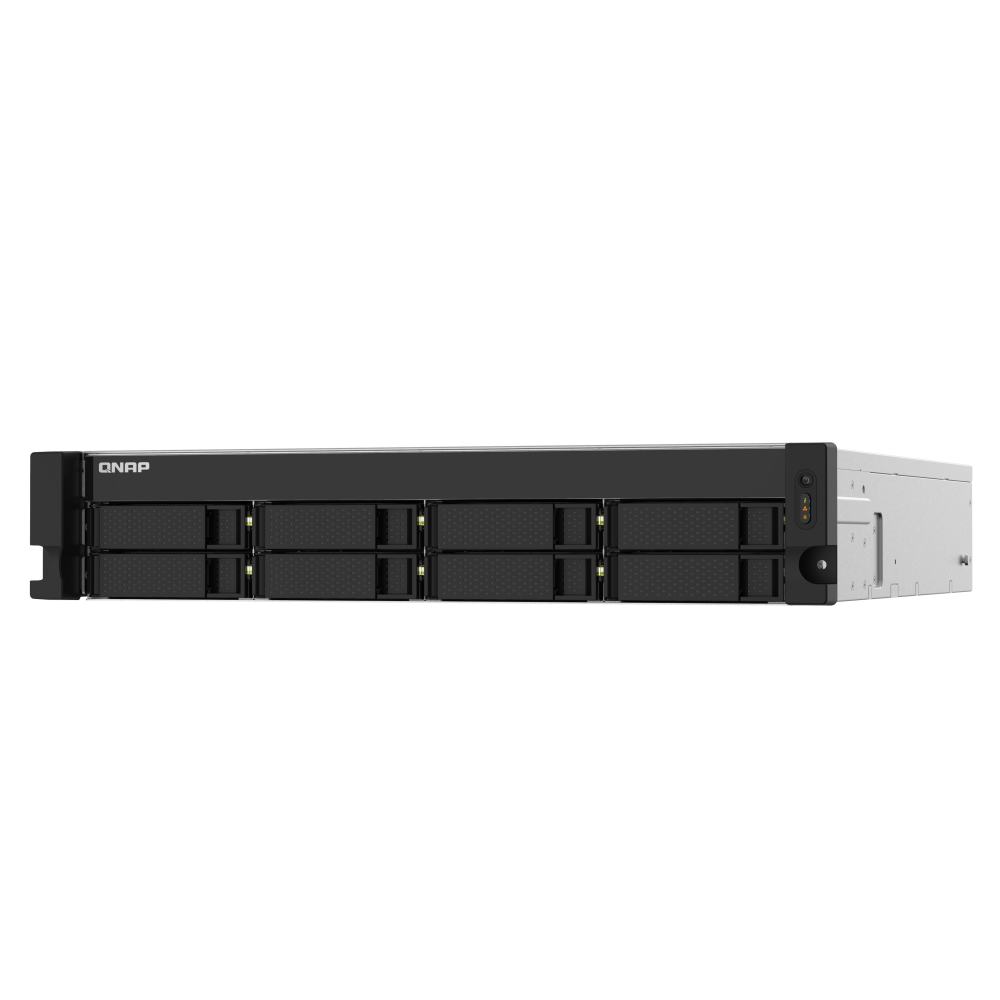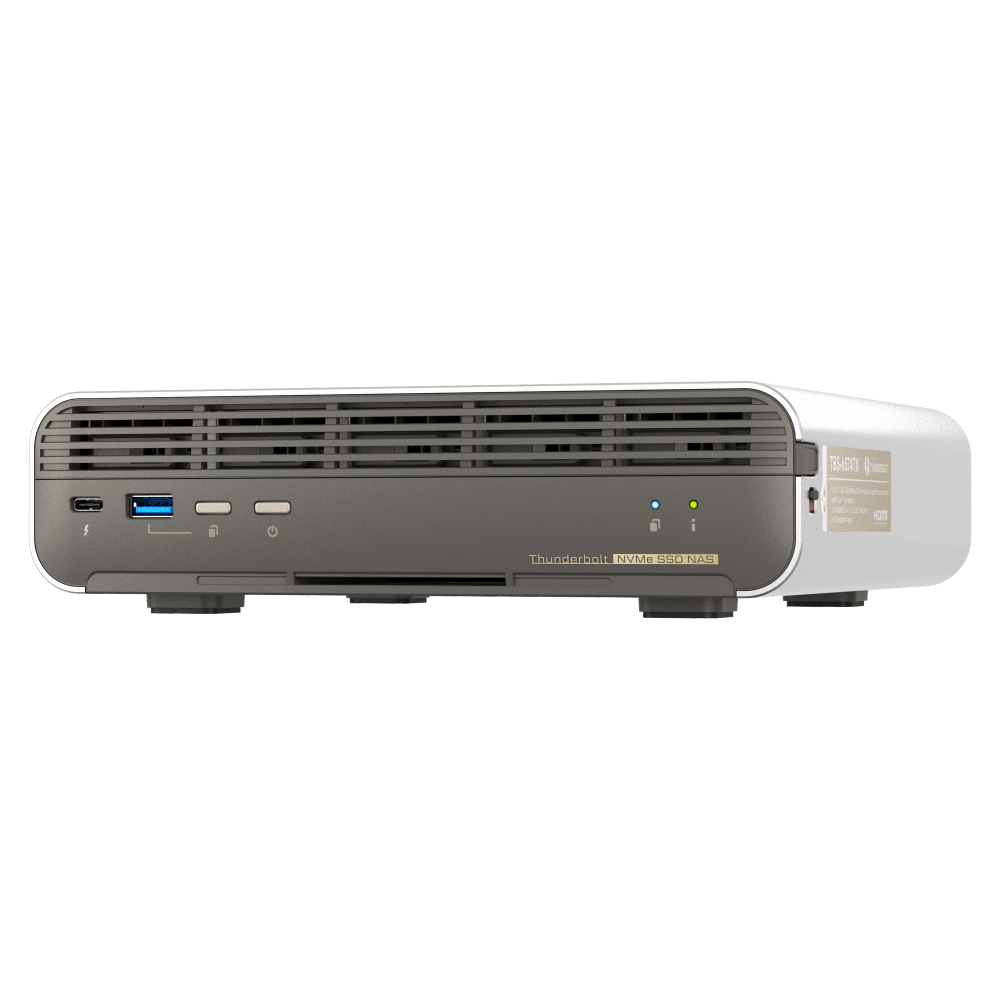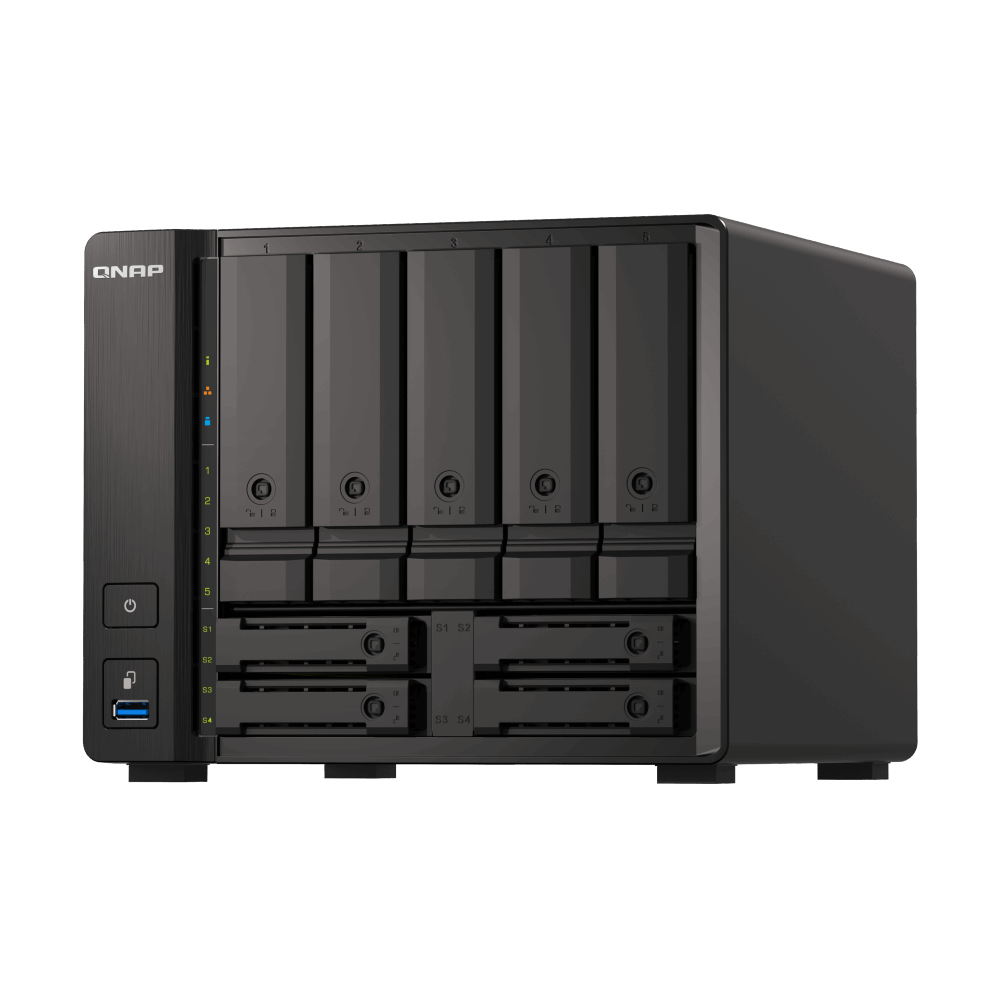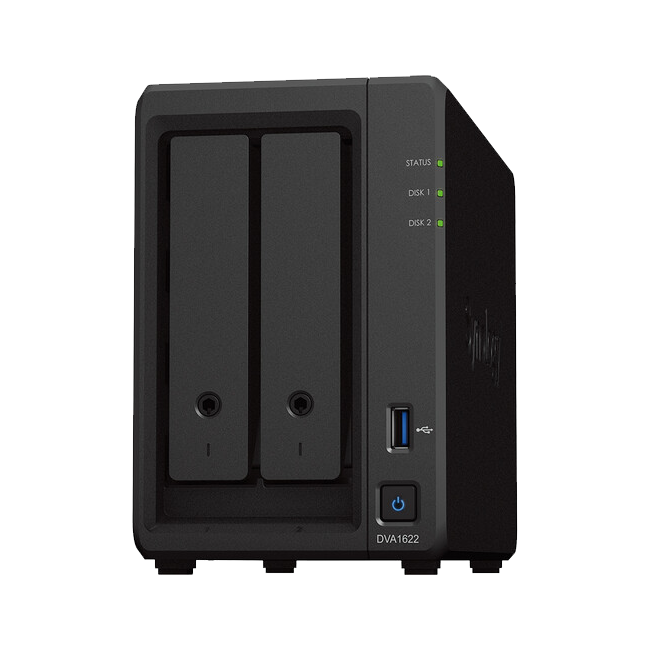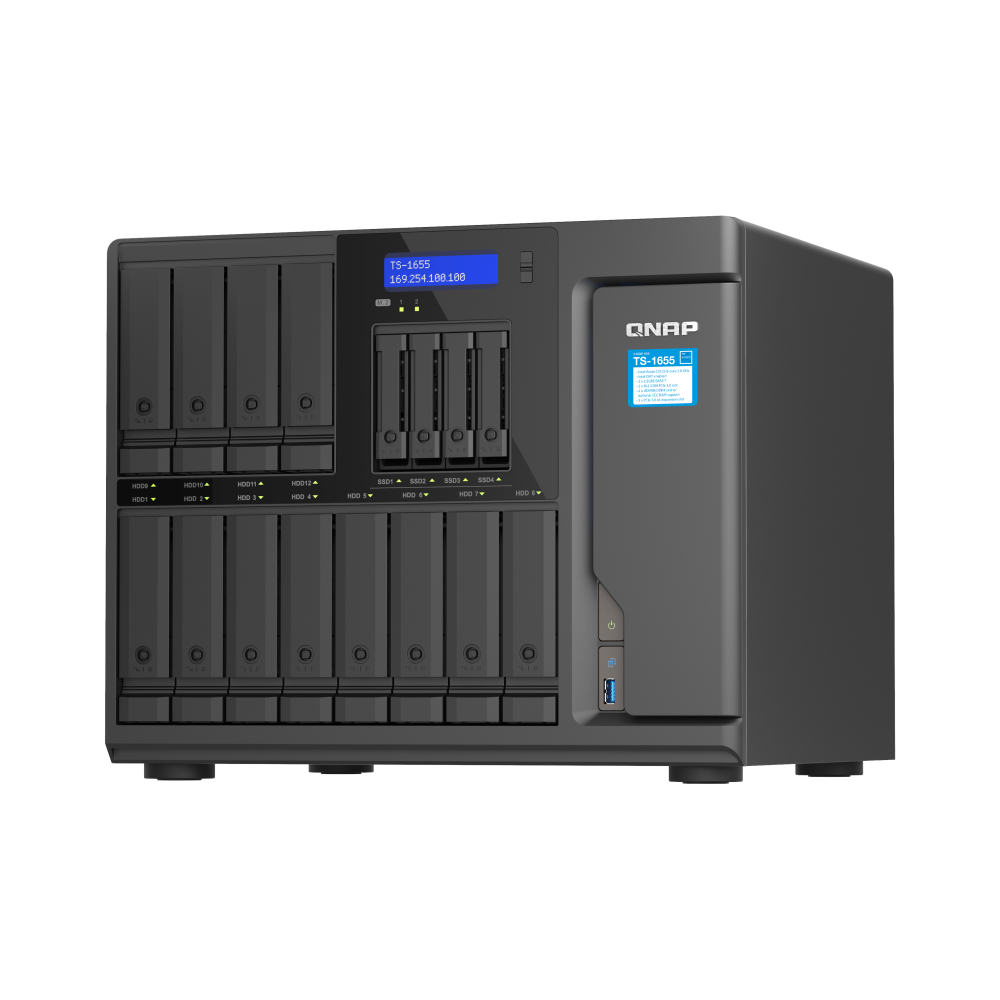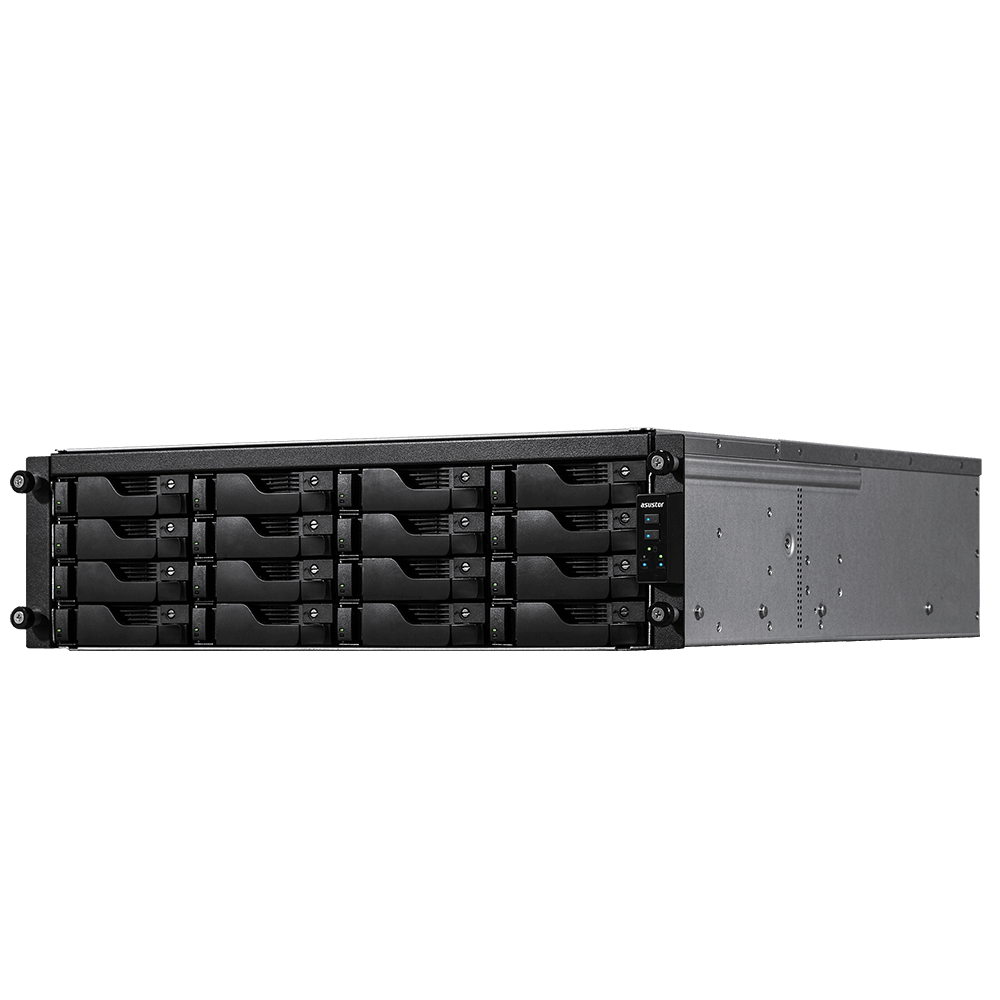Synology NAS Plus Series Evolution
When choosing the right Synology NAS, one of the biggest questions is whether you should invest in the latest model or stick with an older generation. Synology’s Plus series has long been a popular choice for both home users and businesses, offering a balance of strong CPU performance, flexible RAM upgrades, and reliable LAN connectivity.
Over the years, Synology has steadily improved its hardware with faster processors, more memory capacity, and higher-speed network ports. For example, many of the earlier models were limited to 1GbE networking, while the latest generations now include 2.5GbE or multiple LAN ports for link aggregation. Similarly, RAM limits have increased significantly, making newer units much better suited for virtualization, media streaming, or running multiple Docker containers.
This article provides a side-by-side comparison of Synology NAS Plus series models, including their predecessors, so you can clearly see how the CPU, RAM, and LAN specifications have evolved. Whether you’re considering an upgrade from a DS220+ to a DS225+, or evaluating the differences between rackmount RS series models, these tables will help you make an informed decision.
Synology DS22x+ Line Comparison
| Model | CPU | RAM (Base / Max) | LAN Ports | Expandable |
|---|---|---|---|---|
| DS225+ | Intel Celeron J4125 (Quad Core, 2.0–2.7 GHz) | 2 GB DDR4 / 6 GB | 1 × 2.5GbE + 1 × 1GbE | No |
| DS224+ | Intel Celeron J4125 (Quad Core, 2.0–2.7 GHz) | 2 GB DDR4 / 6 GB | 2 × 1GbE | No |
| DS220+ | Intel Celeron J4025 (Dual Core, 2.0–2.9 GHz) | 2 GB DDR4 / 6 GB | 2 × 1GbE | No |
| DS218+ | Intel Celeron J3355 (Dual Core, 2.0–2.5 GHz) | 2 GB DDR3L / 6 GB | 1 × 1GbE | up to 7 drives with DX517 |
| DS216+ II | Intel Celeron N3060 (Dual Core, 1.6–2.48 GHz) | 1 GB DDR3 / 8 GB | 1 × 1GbE | up to 7 drives with DX517 |
| DS216+ | Intel Celeron N3050 (Dual Core, 1.6–2.16 GHz) | 1 GB DDR3 / 8 GB | 1 × 1GbE | up to 7 drives with DX517 |
| DS214+ | Marvell Armada XP (Dual Core, 1.33 GHz) | 1 GB / Fixed | 1 × 1GbE | up to 7 drives with DX513 (EOL) |
Synology DS72x+ Line Comparison
| Model | CPU | RAM (Base / Max) | LAN Ports | Expandable |
|---|---|---|---|---|
| DS725+ | AMD Ryzen R1600 (Dual Core, 2.6–3.1 GHz) | 4 GB DDR4 / 32 GB | 1 × 2.5GbE + 1 × 1GbE | up to 7 drives with DX525 |
| DS723+ | AMD Ryzen R1600 (Dual Core, 2.6–3.1 GHz) | 2 GB DDR4 / 32 GB | 2 × 1GbE | up to 7 drives with DX517 |
| DS720+ | Intel Celeron J4125 (Quad Core, 2.0–2.7 GHz) | 2 GB DDR4 / 6 GB | 2 × 1GbE | up to 7 drives with DX517 |
| DS718+ | Intel Celeron J3455 (Quad Core, 1.5–2.3 GHz) | 2 GB DDR3 / 6 GB | 2 × 1GbE | up to 7 drives with DX517 |
| DS716+ II | Intel Celeron N3160 (Quad Core, 1.6–2.24 GHz) | 2 GB DDR3 / 8 GB | 2 × 1GbE | up to 7 drives with DX517 |
| DS716+ | Intel Celeron N3150 (Quad Core, 1.6–2.08 GHz) | 2 GB DDR3 / 8 GB | 2 × 1GbE | up to 7 drives with DX517 |
| DS713+ | Intel Atom D2700 (Dual Core, 2.13 GHz) | 1 GB DDR3 / 2 GB | 1 × 1GbE | up to 7 drives with DX513 (EOL) |
Synology DS42x+ Line Comparison
| Model | CPU | RAM (Base / Max) | LAN Ports | Expandable |
|---|---|---|---|---|
| DS425+ | Intel Celeron J4125 (Quad Core, 2.0–2.7 GHz) | 2 GB DDR4 / 6 GB | 1 × 2.5GbE + 1 × 1GbE | No |
| DS423+ | Intel Celeron J4125 (Quad Core, 2.0–2.7 GHz) | 2 GB DDR4 / 6 GB | 2 × 1GbE | No |
| DS420+ | Intel Celeron J4025 (Dual Core, 2.0–2.9 GHz) | 2 GB DDR4 / 6 GB | 2 × 1GbE | No |
| DS415+ | Intel Atom C2538 (Quad Core, 2.4 GHz) | 2 GB DDR3 / 8 GB | 2 × 1GbE | up to 9 drives with DX517 |
| DS412+ | Intel Atom D2700 (Dual Core, 2.13 GHz) | 1 GB DDR3 / 4 GB | 2 × 1GbE | up to 9 drives with DX513 (EOL) |
